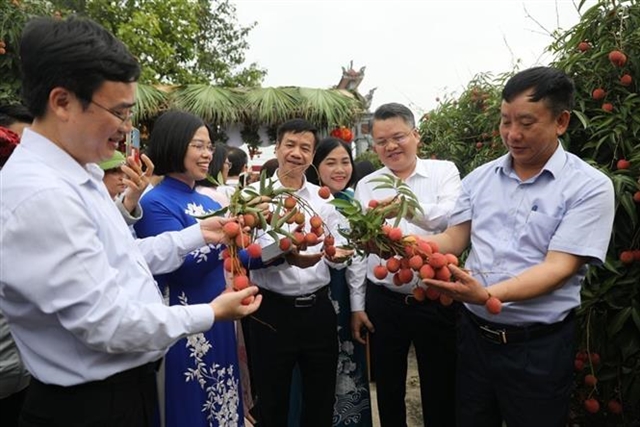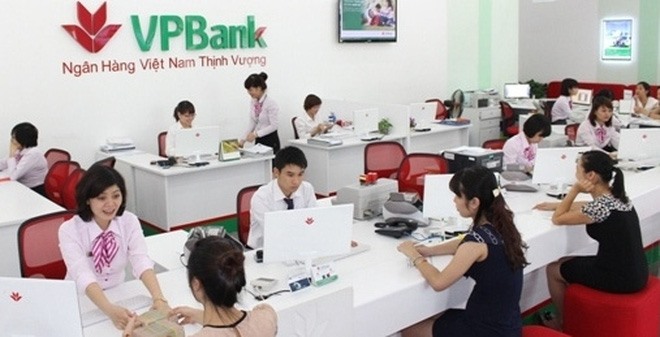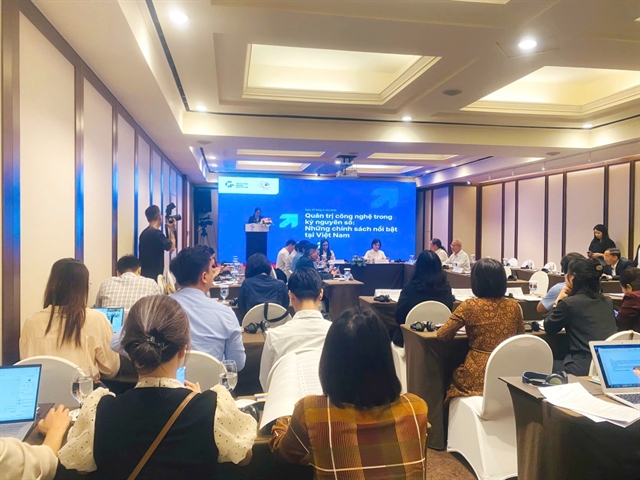 Economy
Economy

The asset quality and profitability of 14 Vietnamese banks rated by Moody’s improved moderately year-over-year, driven by robust macroeconomic conditions and growth in core income, Moody's Investors Service said on Tuesday.
 |
| Vietnam Prosperity JSC Bank strengthened their capital bases through the sale of new shares. - Photo VP Bank |
HÀ NỘI — The asset quality and profitability of 14 Vietnamese banks rated by Moody’s improved moderately year-over-year, driven by robust macroeconomic conditions and growth in core income, Moody’s Investors Service said on Tuesday.
However, the banks’ capitalisation deteriorated because of rapid asset growth and cash dividends, Moody’s said in the "Banks - Vietnam: 2017 results show widening divergence in asset quality and profitability performance" report, adding that the banks’ funding profiles weakened mildly, as they increased their reliance on market-sensitive liabilities — mainly borrowings from other banks — to fund loan growth with cheap short-term funding sources.
"In 2018, we expect the banks will continue to improve their asset quality and profitability, while capitalisation will weaken," said Eugene Tarzimanov, a vice president and senior credit officer at Moody’s.
"However, the credit profiles of banks with stronger capital buffers and lower asset risks will be further distanced from the other banks," said Rebaca Tan, a Moody’s analyst.
On asset quality in particular, Moody’s said that the improvement in 2017 versus 2016 was helped by problem asset recoveries and write-offs, as well as credit growth. The asset weighted-average problem loans ratio at the 14 rated banks fell to 5.7 per cent at the end of 2017 from 6.7 per cent the year before.
Notably, four banks fully wrote off the bonds of Việt Nam Asset Management Company that they had received in exchange for problem assets, and Moody’s expects more such write-offs in 2018.
The problem loan coverage ratios also improved, although they are still at levels which are weak by international standards.
Moody’s said the banks’ asset quality will improve further in 2018, due to recoveries, but rapid credit growth could mask asset risks.
With profitability, Moody’s points out that the banks’ asset weighted-average return on assets rose to 0.9 per cent in 2017 from 0.7 per cent in 2016. Profitability will continue to improve in 2018, on the back of the same factors that drove up profitability in the prior year; in particular, robust macroeconomic conditions and growth in core income.
As for capitalisation, the asset weighted-average ratio of tangible common equity to total assets for the banks slipped to 5.5 per cent in 2017 from 5.7 per cent in 2016, pressured by declines at Government-owned banks in particular.
Nevertheless, some banks, such as Vietnam Prosperity JSC Bank (B2 stable, b3), Vietnam Technological and Commercial Joint Stock Bank (B2 stable, b2), and HCM City Development JSC Bank (B2 stable, b3), strengthened their capital bases through the sale of new shares.
Moody’s expects that more Vietnamese banks will increase capital by issuing new shares in 2018. However, the overall capitalisation levels will remain under pressure over the next 12 months from credit growth and dividend payments.
Moody’s explains that in terms of funding, the banks’ funding profiles weakened moderately, as seen by the system-wide asset weighted-average loans-to-deposits climbing to 86 per cent in 2017 from 85 per cent in 2016. This trend could continue in 2018, because loan growth remains rapid. — VNS









